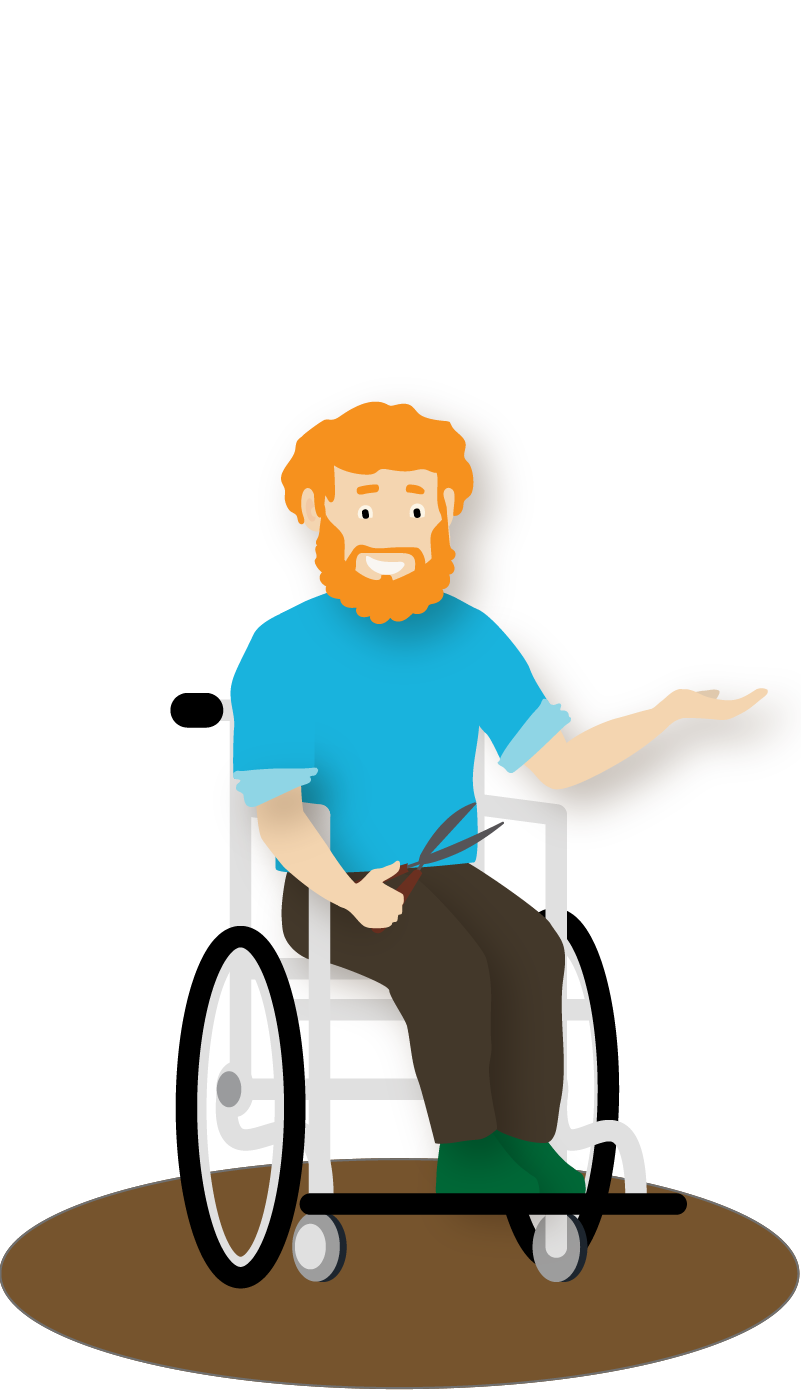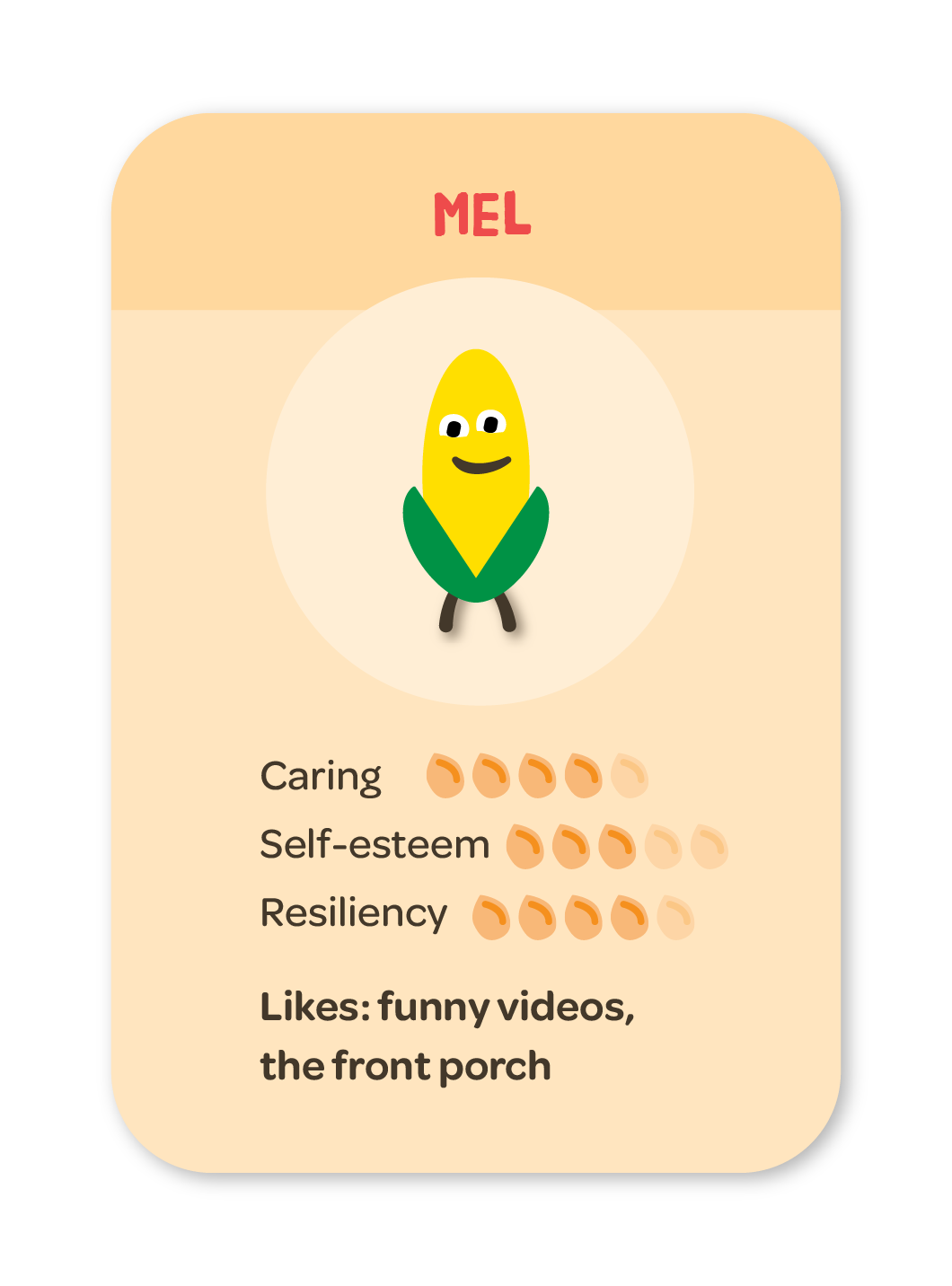Helping
- In this section, you will learn
- What helping is
- Why helping is important
- How to use helping to improve behaviors

Helping overview
What is Helping?
- Physically doing something with your child that they cannot do on their own.
- For very young children:
- Putting your hand on top of your child's hand to help them complete a task. This should be gentle but firm.
- For older children, especially children with autism or developmental delays:
- Physically helping your child do what you told them to do.
Remember that children need your help to learn skills!
What does helping look like?
- Caregiver gently places their hand over the child’s hand to show them how to put toys away softly.
- Caregiver helps the child hold open a sock while they slide their foot inside.
- Caregiver wraps their hand around the child’s hand as they learn to hold a spoon.
- Caregiver works with the child to make the bed.

Helping live in action
Why is helping important?
Click below to read more:
Children need help to learn new skills. It gives them the chance to be successful at a task they may have only done a few times before.
It helps children learn what it feels like to follow directions. After you give a command, use a redo and help your child follow directions. Then give lots of praise for listening.
After helping a few times, the child will know how to follow directions on their own.
Helping gives children a chance to learn that they will receive attention and praise when they listen to instructions.

When and how should I help?
Learn how helping can be used by selecting a specific difficult behavior below.
More: Learn how helping can be used by selecting a specific positive behavior/goals below.
Pay attention to how you help
Click below to read more:
When using physical touch, be gentle. A gentle tone and touch will help your child’s brain process what you are trying to teach them. Be careful not to grab, hold on tightly, move the child with force, or engage in a physical power struggle.
Sometimes children need help. Sometimes they need space and freedom to learn on their own. Pay attention to your child’s cues to know when helping will increase your child’s confidence versus cause a power struggle.

Caregiver Voices
Other caregivers share how they use helping at home:
“And the hand-over-hand with [child] works really, really well. He’s definitely, he’s at the age […] where I can’t just command him and he’ll go for it. So, the hand-over-hand has helped a lot.”
Is this a good time to help?
Ideas for fun helping activities
Choose an easy recipe. When needed, help your child measure, mix, and cut.
Pretend your child has glue on top of their hand and yours is glued on top. Work together to build the tallest tower possible in 1 min. Keep your PRIDE skills in mind! Then switch so your child’s hand is glued on top of yours.
My plan for helping
Think about how you can help your child at home.
Hooray!
Login/Enroll to take the quiz and earn your badge!









